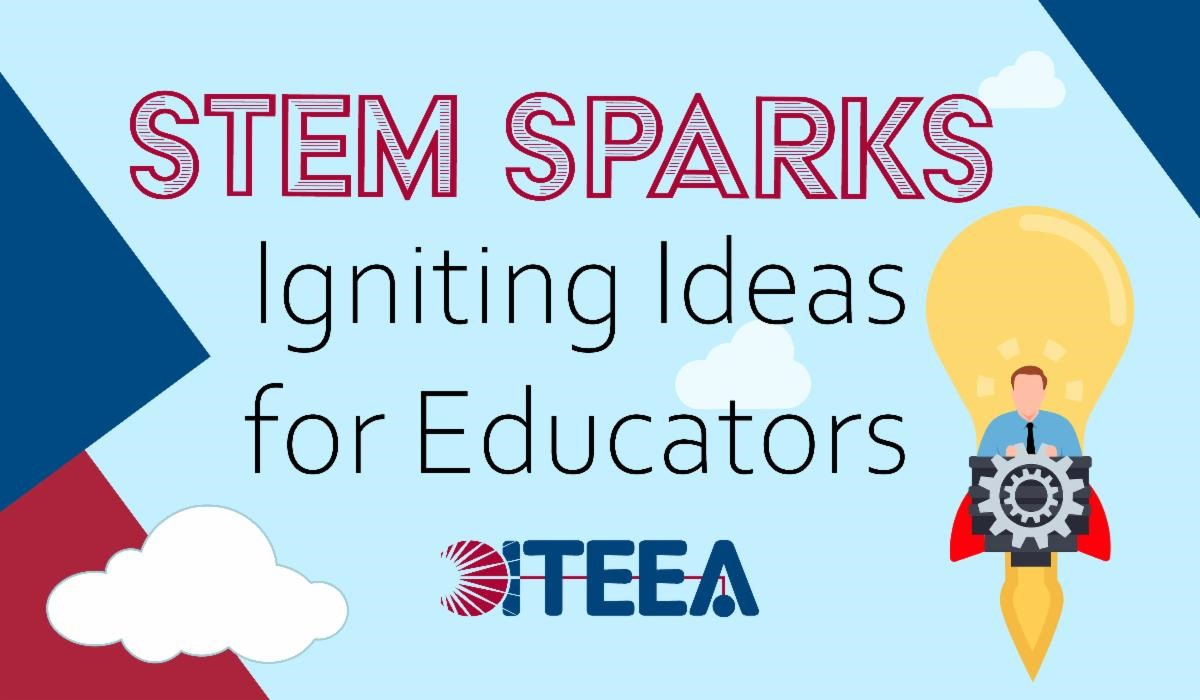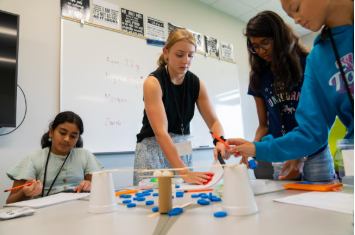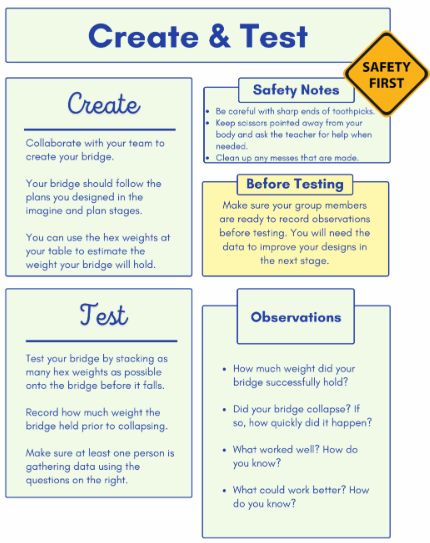STEM Sparks: January 2025

Lit-Based STEM Learning with Self-Determination Theory (SDT)
Students are unique in their interests, learning preferences, cultural backgrounds, and overall identities. Technology and engineering education has long championed practices that value students’ creativity and individuality with a focus on inquiry, making and doing, and applied learning (ITEEA, 2020). Similarly, integrated STEM learning experiences can provide settings in which the rich diversity students bring to the classroom can be used as motivation.

Self-determination theory (SDT) uses ideas of autonomy, competence, and relatedness to describe motivation (Deci & Ryan, 2008). SDT can be enacted through autonomy supportive teaching, which emphasizes student-centered instruction to support intrinsic motivation and internalization (Reeve & Cheon, 2021). Competence focuses on how capably students engage in learning experiences (Vansteenkiste et al., 2020). Finally, relatedness refers to the relationships that exist in the learning environment (Vansteenkiste et al., 2020).
The STEM Learning Experience
The authors used these ideas from SDT in an informal STEM learning experience with students in Grades 3-6. The lesson began by reading the picture book Twenty-One Elephants and Still Standing by April Prince. The story describes New Yorkers’ fears about the strength of the Brooklyn Bridge as it opens. After celebrating the opening, P. T. Barnum of Barnum & Bailey Circus fame paraded his circus elephants across the bridge to prove the bridge’s strength. Using the picture book creates common background knowledge to help students con-textualize the engineering design challenge. Being intentional with reading questions can also develop students’ empathy to seek solutions for real-world problems. In this lesson, questions related to safety in using the bridge kept the human impacts of design at the forefront of the project.
 After reading, students were given the following challenge:
After reading, students were given the following challenge:
In the story, P.T. Barnum tested the strength of the Brooklyn Bridge by using his own elephants. The challenge is to design a bridge to hold the most weight possible. Try to make your bridge the strongest using only the materials provided and no more than four different materials in your design. Additionally, your bridge must be built to span two cups that are placed 12 inches apart.
Findings
SDT’s ideas of autonomy, competence, and relatedness provide a framework for learning that connects easily to characteristics of high-quality integrated STEM. Instruction should be student-centered. Students should have the autonomy to seek solutions, learn from mistakes, and develop competence as autonomous problem solvers. Through structured collaboration, relatedness is developed as students develop positive relationships and work together toward a shared goal. These are the same types of skills needed to thrive in a world increasingly driven by advances in science, technology, engineering, and mathematics. As teachers, we need to present challenges to students and help curate resources so that they can develop confidence and competence through collaboratively exploring, learning, and creating solutions to these challenges.
Interested in more about helping students work with more autonomy and competence? Read "Literature-Based STEM Learning Experiences with Self-Determination Theory" by Halle Patton, Megan Rismiller, Jillian Filipiak, Audrey Roberts and Kate Brodeur in the September 2024 issue of Technology and Engineering Education.
